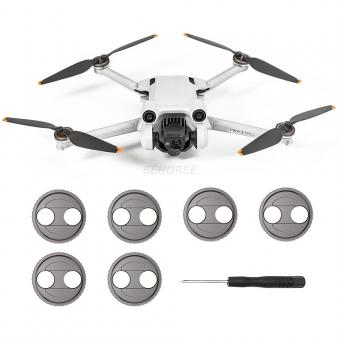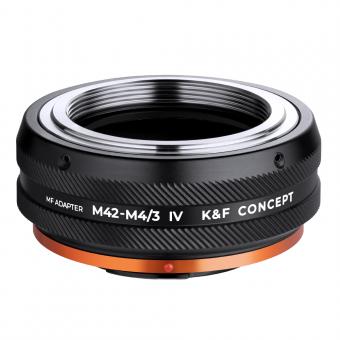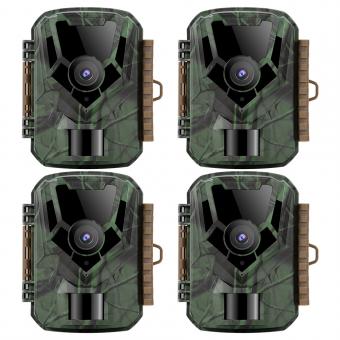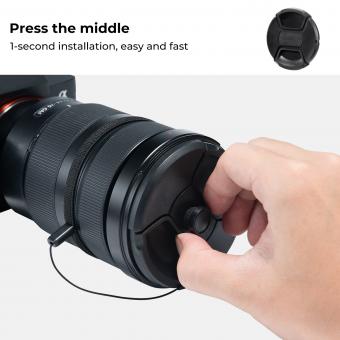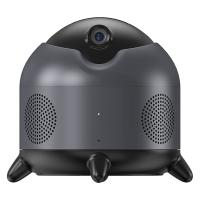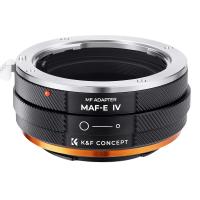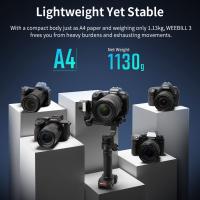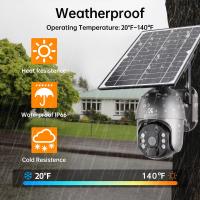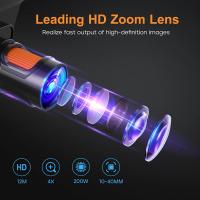What Is The Cctv ?
Closed-circuit television (CCTV) is a system of video cameras that transmit signals to a specific, limited set of monitors. It is commonly used for surveillance and security purposes in public areas, businesses, and homes. CCTV cameras can be fixed or mobile, and can be connected to a recording device or a network for remote viewing. The footage captured by CCTV cameras can be used for crime prevention, investigation, and evidence in legal proceedings. CCTV systems have become increasingly sophisticated over the years, with features such as facial recognition, motion detection, and remote access. However, there are also concerns about privacy and the potential for misuse of CCTV footage.
1、 History of CCTV technology
What is the CCTV? CCTV stands for Closed Circuit Television, which is a system that allows video surveillance and monitoring of a specific area or location. The history of CCTV technology dates back to the 1940s when it was first used in Germany to monitor rocket launches. However, it was not until the 1960s that CCTV technology became widely used for security purposes.
Initially, CCTV systems were expensive and required a lot of maintenance. However, with the advancement of technology, CCTV systems have become more affordable and easier to install and maintain. Today, CCTV systems are used in various settings, including homes, businesses, and public places.
The latest point of view on CCTV technology is that it has become an essential tool for security and surveillance. With the rise of crime and terrorism, CCTV systems have become an integral part of security measures in many countries. CCTV systems are used to monitor public places, such as airports, train stations, and shopping malls, to ensure the safety of the public.
Moreover, CCTV technology has evolved to include advanced features such as facial recognition, license plate recognition, and object tracking. These features have made CCTV systems more effective in identifying and tracking suspects, making it easier for law enforcement agencies to solve crimes.
In conclusion, the history of CCTV technology has come a long way, and it has become an essential tool for security and surveillance. With the latest advancements in technology, CCTV systems have become more effective in ensuring public safety and preventing crime.
2、 Types of CCTV cameras
Types of CCTV cameras refer to the various categories of surveillance cameras that are used for monitoring and recording activities in different settings. CCTV stands for Closed Circuit Television, which is a system that uses video cameras to transmit signals to a specific place, usually a monitor or a recording device. The purpose of CCTV cameras is to enhance security and safety in public places, homes, and businesses.
There are several types of CCTV cameras, including dome cameras, bullet cameras, PTZ cameras, thermal cameras, and IP cameras. Dome cameras are commonly used in indoor settings and are designed to be discreet. Bullet cameras are used for outdoor surveillance and are more visible than dome cameras. PTZ cameras are pan-tilt-zoom cameras that can be remotely controlled to move and zoom in on specific areas. Thermal cameras use heat signatures to detect movement and are commonly used in high-security areas. IP cameras are digital cameras that can be accessed remotely through the internet.
The latest point of view on CCTV cameras is that they are becoming more advanced and sophisticated. With the advent of artificial intelligence and machine learning, CCTV cameras can now detect and analyze human behavior, recognize faces, and even predict criminal activity. This has led to concerns about privacy and civil liberties, as well as the potential for misuse of the technology.
In conclusion, CCTV cameras are an essential tool for enhancing security and safety in various settings. The different types of CCTV cameras offer different features and capabilities, depending on the specific needs of the user. However, the increasing sophistication of CCTV technology raises important ethical and legal questions that need to be addressed.
3、 CCTV installation and maintenance
What is the CCTV? CCTV stands for Closed Circuit Television, which is a system of cameras and monitors used for surveillance and security purposes. CCTV installation and maintenance involves the installation, configuration, and maintenance of these systems to ensure that they function properly and provide reliable security coverage.
In recent years, CCTV technology has advanced significantly, with the introduction of high-definition cameras, advanced analytics software, and cloud-based storage solutions. These advancements have made CCTV systems more effective and efficient, allowing businesses and organizations to monitor their premises more closely and respond quickly to security threats.
CCTV installation and maintenance services typically include site surveys, system design, installation, configuration, and ongoing maintenance and support. CCTV systems can be customized to meet the specific needs of each client, with options for indoor and outdoor cameras, motion detection, facial recognition, and other advanced features.
In addition to traditional CCTV systems, many businesses and organizations are now using networked cameras and cloud-based storage solutions to improve their security coverage. These systems allow for remote monitoring and management, making it easier to keep an eye on multiple locations from a central location.
Overall, CCTV installation and maintenance is an essential service for businesses and organizations looking to improve their security and protect their assets. With the latest advancements in technology, CCTV systems are more effective and efficient than ever before, providing reliable security coverage and peace of mind for clients.
4、 Legal and ethical issues surrounding CCTV
What is the CCTV?
CCTV stands for Closed Circuit Television, which is a system of cameras and monitors used for surveillance purposes. CCTV is commonly used in public places such as shopping malls, airports, and train stations, as well as in private businesses and homes.
Legal and ethical issues surrounding CCTV:
The use of CCTV raises several legal and ethical issues. One of the main concerns is privacy. CCTV cameras can capture images of individuals without their consent, which can be a violation of their privacy rights. In some cases, CCTV footage has been used to identify and prosecute criminals, but it can also be used to monitor innocent individuals.
Another issue is the use of CCTV in the workplace. Employers may use CCTV to monitor their employees, but this can be seen as an invasion of privacy. Employers must ensure that they have a legitimate reason for using CCTV and that they comply with data protection laws.
The use of CCTV in public places also raises concerns about civil liberties. Some people argue that the widespread use of CCTV is a form of surveillance that infringes on our right to privacy and freedom of movement.
The latest point of view:
The latest point of view on the use of CCTV is that it can be an effective tool for preventing crime and improving public safety. However, it must be used responsibly and in accordance with legal and ethical guidelines. In recent years, there has been a trend towards using more advanced technology in CCTV systems, such as facial recognition software. This has raised additional concerns about privacy and civil liberties, and there is a need for clear regulations and guidelines to ensure that these technologies are used appropriately. Overall, the use of CCTV is a complex issue that requires careful consideration of the legal and ethical implications.



